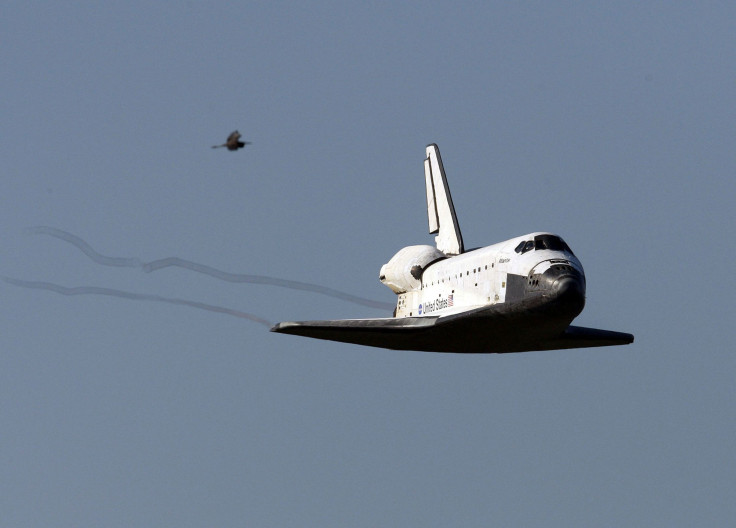Will Self-Flying Planes Be A Reality? NASA begins Formal Feasibility Studies

NASA is exploring a new area of technology. The space agency announced Monday that three teams of researchers are exploring potential solutions for Unmanned Aircraft Systems (UAS).
“Our idea is to invest a very modest amount of time and money into new technologies that are ambitious and potentially transformative. They may or may not work, but we won’t know unless we try,” Richard Barhydt, NASA’s acting director of the Transformative Aeronautics Concepts Program stated in the press release.
Read: Forget Self-Driving Cars, Autonomous Ships Are On The Way
The three teams together form the NASA’s Convergent Aeronautics Solutions project are expected to publish their findings in 24-30 months. The goals of the project are:
- Working towards safe inclusion and certification of autonomous systems in aviation. The system is expected to work on the lines of self-driving systems and rely on machine learning and artificial intelligence systems to adapt to new goals and environments. The idea is to create algorithms which can lay the ground for future unmanned autonomous systems.
- Test the systems first on a remotely piloted drone, make such systems hack-proof and also work on a system that allows the airplane to ground itself, in case anything goes wrong.
- Use communication technology along with quantum computing to create secure and jam-free systems capable of working out the dynamics of hundreds of thousands unmanned aerial vehicles flying in each day.
According to Engadget, self-flying planes could make air travel cheaper. Computer scientist Philip Koopman of Carnegie Mellon University told the Register, that self-flying planes might not face the legislative obstacles, self-driving cars are facing currently, since a plane doesn’t face as many obstacles while flying as a car does while driving. On the downside, planes can’t simply pull over to the side of the road like cars, so the research and planning would need to super-accurate for a self-flying plane to ever take a flight.
Also, when it comes to autonomy, planes might have an edge over cars — they have had an autopilot system, which controls the trajectory of an aircraft allowing a pilot take his/her hands off the controls unlike cars, which need a driver to have his/her hand over the steering at all times.
Self-driving cars is a technology, which is transforming at a rapid pace with many tech companies, ride-hailing services and auto-companies investing in it globally. It is also laying down the foundation for other autonomous technologies such as self-steering ships and self-flying planes. It also brings up a question about human-operated transportation versus autonomous one. While humans have involved in many accidents, collisions and even fatal errors in transportation, autonomous technology, at least on paper seems safer, because it follows a consistent pattern unlike humans, when it comes to following traffic rules, detecting obstacles or even routes.
Read: Self-Driving Cars Safety: Radar-Based 4D Mapping System Could Make Autonomous Cars Safer
But its susceptibility to hacking is something that needs to be examined more closely and the needed security protocols have to be put in place, before such technologies become mainstream.
© Copyright IBTimes 2024. All rights reserved.





















